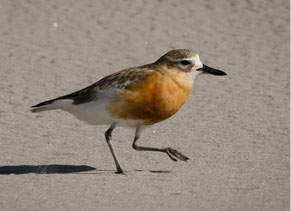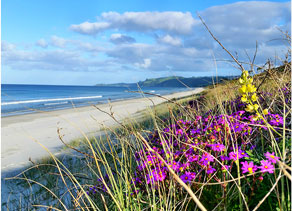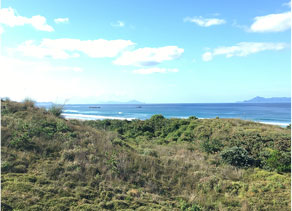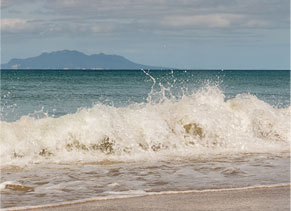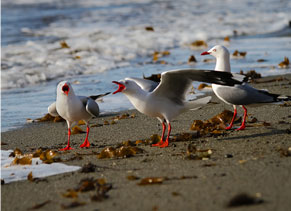Protect and Improve the Mangawhai-Pakiri
Coastal Marine Area and its Environments
Donate Now Get InvolvedSand Mining
What is sand mining?
Sand mining involves extracting minerals and resources from the sea floor, either by dredging sand or lifting material in some other way.
According to KASM (Kiwis Against Seabed Mining)
The ironsands off the west coast of the North Island of New Zealand, are a unique geological and marine environment, currently in the crosshairs of global mining companies looking to exploit their high iron content and low extraction costs.
What is involved in seabed mining?
Dredging is exercised by four vessels, sometimes operating all at once, working day and night and on public holidays. There are hundreds of dredges per annum.
A new vessel has been commissioned by the McCallum’s, of double the capacity of their other vessels. They wish to expand, not change or move their sand mining, unlike all of the other previous Pakiri sand miners.
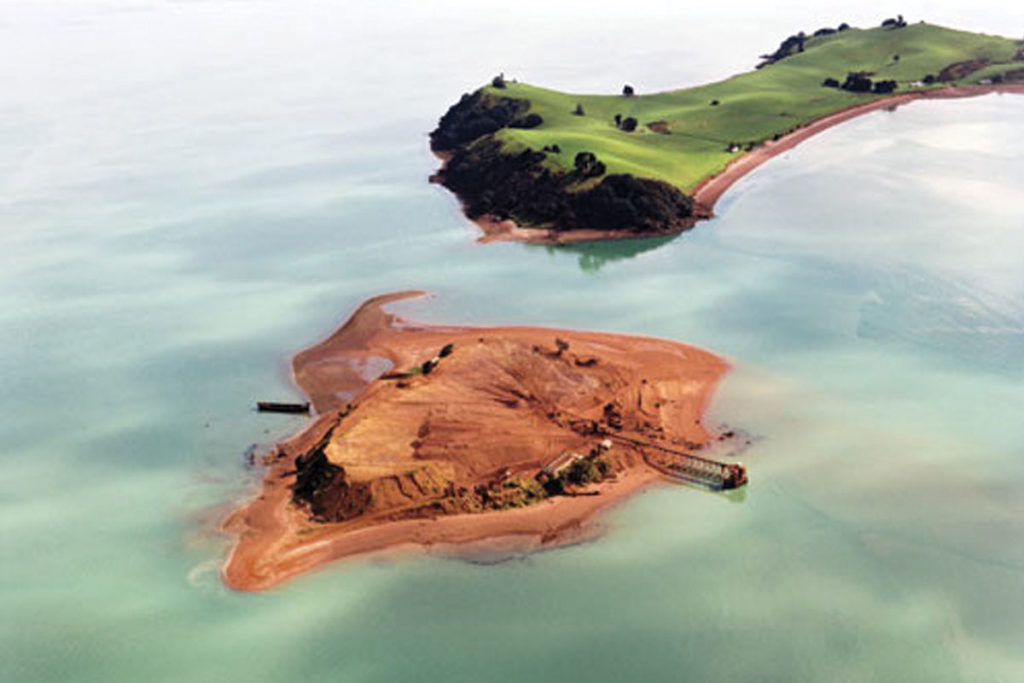
Sign the petition to cease sandmining off Pakiri Beach.
The largest single nearshore dredging activity in the developed world
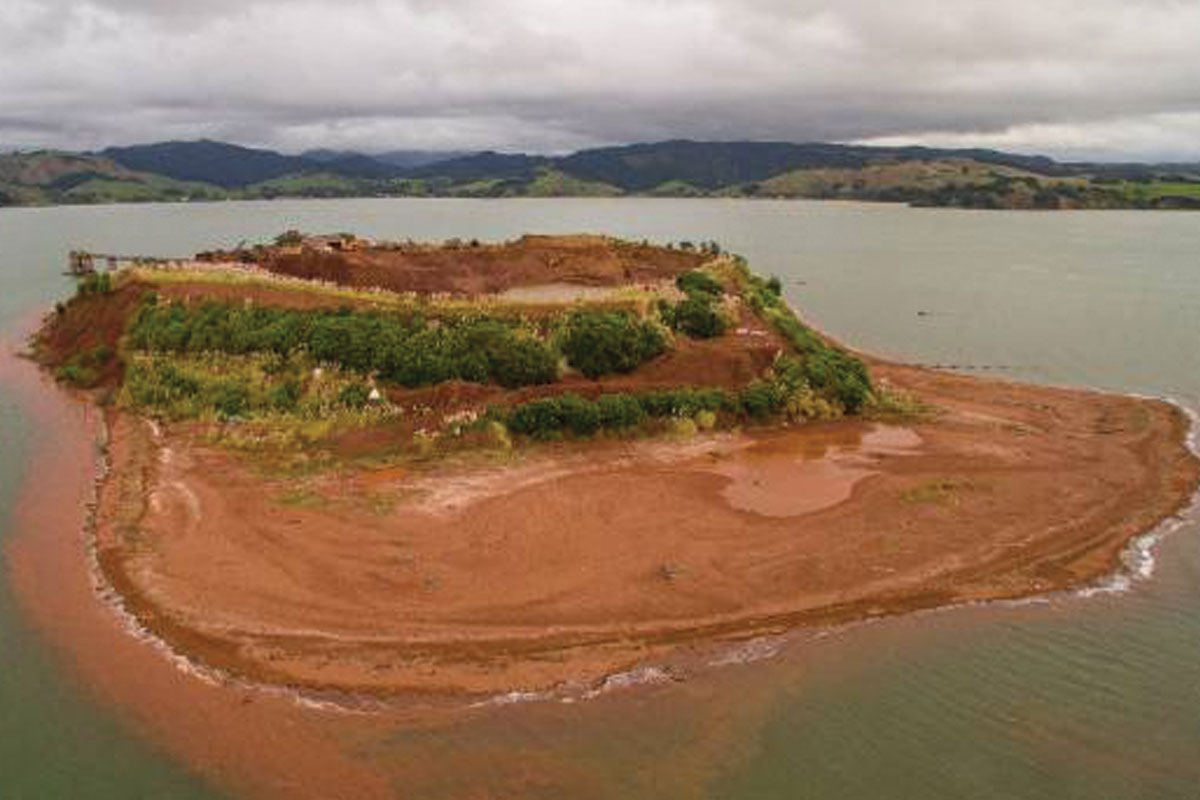
How much is being taken?
This is the largest single nearshore dredging activity in the developed world, and these are amongst the largest offshore extraction volumes in the world.
The amount of sand taken from Pakiri each year is six times the amount of sand that was deposited at St Heliers and Mission Bay for their beach sand replenishment programmes. And this has been happening for almost 100 years.
New Zealand is also at odds with other developed countries almost all of which are vehemently opposed to seabed dredging.
With more recognition of the value and emphasis on the coastal zone, I know of no developed country (other than New Zealand) that presently allows sediment extraction from the active sand sharing zone for commercial purposes.
But what is sand used for?
High quality sand from the near-shore source is used exclusively for the concrete industry while sand from the off-shore source is also used for other purposes such as beach replenishment.
A community of living organisms and nonliving components interact as a system to thrive and survive. Sand is a vital part of that system.
What damage can it cause?
You cannot extract sand from an ecosystem and not forever alter it. That is why it’s called an eco-system. A community of living organisms and nonliving components interact as a system to thrive and survive. Sand is a vital part of that system. Even if the sand is ‘replenished’, the replenished sand has to come from somewhere, at the expense of sand dunes and foreshores.
What’s more, how can you extract a core component of an ecosystem on such a grand scale without causing widespread devastation?
Suction dredging [aka Sand Mining] is akin to open-cast mining, where the entire top surface of the seabed is removed to depths of up to 20 metres. Every living thing in the sand is killed in the process, turning both the mined areas plus a significant area around the mining sites, into a dead-zone.
We still don’t know the full impact this mining has had on aquatic habitats and the level of destruction to sand dunes, ecosystems and species like NZ’s rarest bird the Fairy Tern of which there are only 40 left in NZ.
What we do know is this –
- Our sea beds are eroding at rapid rates in the face of rapid sea rises; to remove more sand is reckless
- There is a finite supply of Pakiri Beach’s sand and once it’s gone, it’s gone forever
- There are other non-erosionary sources of sand, so it’s not necessary to mine Pakiri Beach
- Sand mining creates dead zones, killing every living thing in the process
- Erosion to dunes is highly likely in the long run
We live in an era of environmental awareness. Single use plastics bags have been banned, so why do we still allow permits to mine sand from precious beaches like Pakiri, especially when there are alternate sustainable sources?
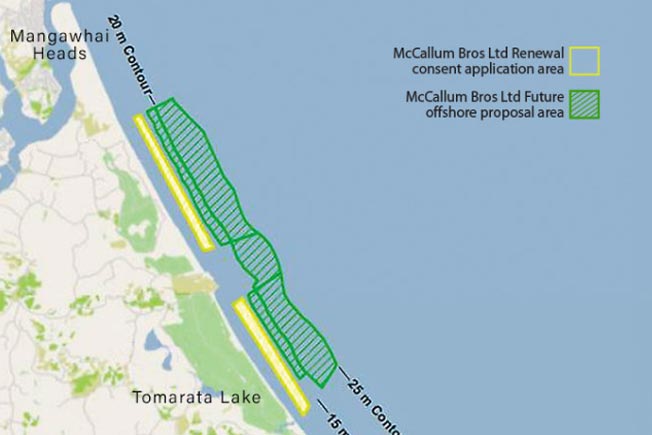
We’re facing more flooding and erosion due to climate change, so sand mining is the last thing we should be doing.
"For east coast beaches, [sand erosion] figures generally vary between the potential for 20 metres to 50 metres erosion with one metre sea level rise and we're expecting one or two metres as a minimum. So the last thing you want to be doing is sucking sand out of it."
Say no to sand mining and preserve our precious beaches, sand dunes, bids and aquatic life before it’s too late.
No other first world country allows nearshore sand mining – we need your help to stop this madness and take back control of this precious resource that sustains our beautiful coastline. By making a donation, you can help ensure we have sufficient resources to prepare and fight our case.

My parents lived in Pakiri and my family has had a place here for 35 years, and we know the mining is damaging to the beach. There are thousands of non-erosionary sand sources, either on shore or out in the Kaipara, so it’s not needed here.”

Pakiri is a finite sand system. It's got all the sand that it's pretty much ever going to get, and anything you draw is going to be replaced ultimately, in the long term, by erosion of the dunes."

For east coast beaches, [sand erosion] figures generally vary between the potential for 20 metres to 50 metres erosion with one metre sea level rise and we're expecting one or two metres as a minimum. So the last thing you want to be doing is sucking sand out of it."
Newsletter Sign up
Subscribe for our newsletter and stay up to date with Friends of Pakiri Beach news, events and latest updates.

Newsletter Sign Up
Stay up to date with Friends of Pakiri Beach newsletter, Sign up for free and stay informed about our cause.